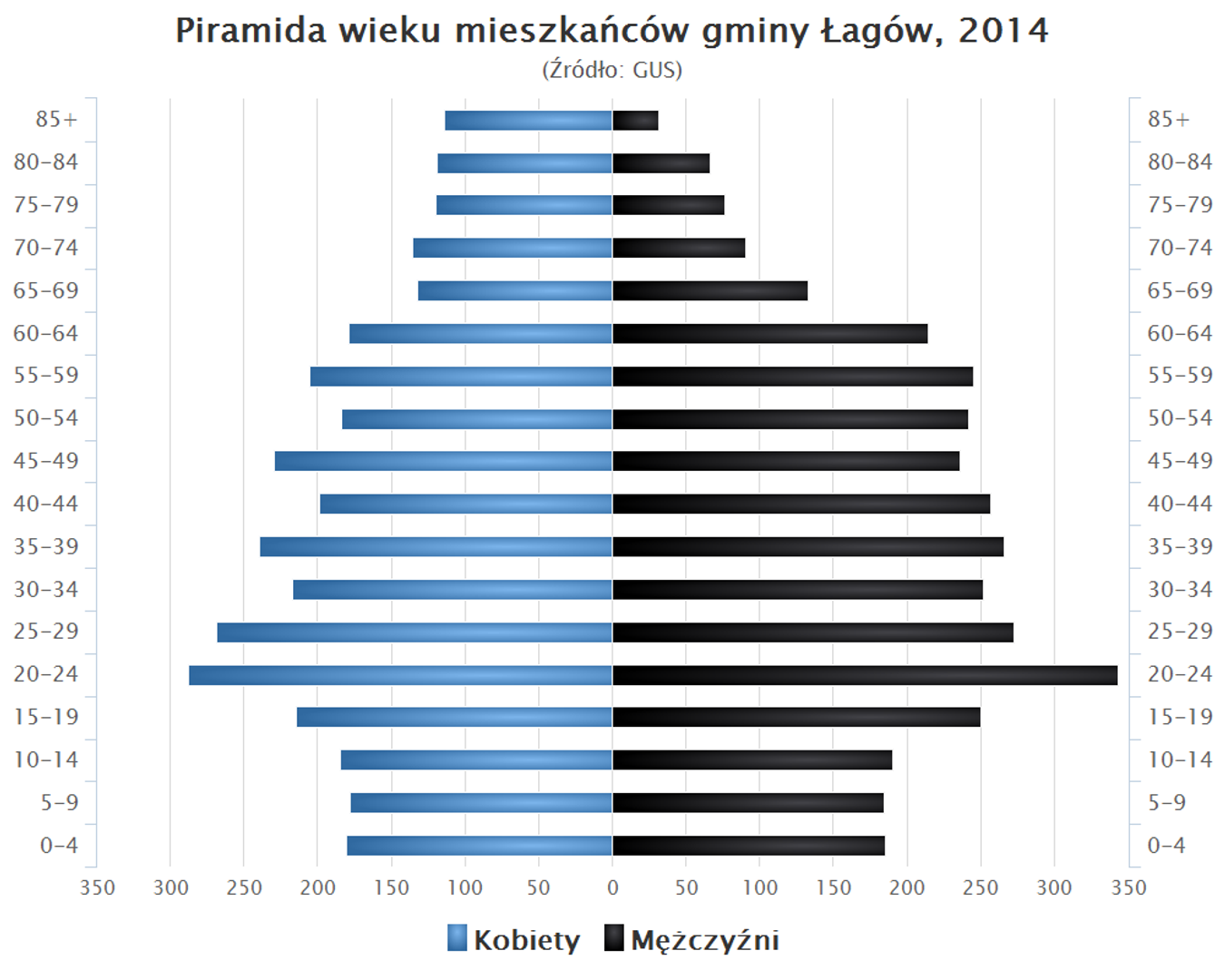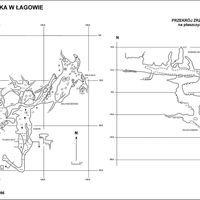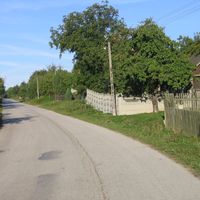Lagow
6.67

Overview
Łagów is an urban-rural municipality located in the Świętokrzyskie Voivodeship, within Kielce County, with its seat in the town of Łagów. The municipality was established on January 13, 1867, as a result of the administrative reform of the Kingdom of Poland. As of June 30, 2004, its population was 6,973 inhabitants. The municipality covers an area of 113.03 km², of which 67% is agricultural land and 27% is forested. It constitutes 5.03% of the area of Kielce County.
Łagów, with its rich cultural and historical heritage, includes a number of village districts (sołectwa) such as Czyżów, Duraczów, Gęsice, and Lechówek. The municipality also comprises villages that are not designated as separate village districts, including Piotrów-Gułaczów and Piotrów-Podłazy.
An enriching aspect of Łagów is its neighboring municipalities: Bieliny, Baćkowice, Daleszyce, Iwaniska, Nowa Słupia, Raków, and Waśniów, which contribute to opportunities for cooperation and the development of local communities.
The history of the municipality is complex; during the interwar period, Łagów largely belonged to Opatów County, and after World War II, it retained its administrative structure. The municipality was abolished in 1954 but reinstated on January 1, 1973.
Łagów is not only a place of administrative significance but also an area with tourism potential, capable of attracting history enthusiasts and those interested in local culture. Its extensive forested areas create ideal conditions for ecotourism, and the region, rich in traditions and local customs, may appeal to those eager to explore Poland and its lesser-known corners. Łagów offers diverse opportunities to discover local traditions, and its history is part of the broader context of regional development.
Location
You can also find here:
2025 Wizytor | All Rights Reserved

